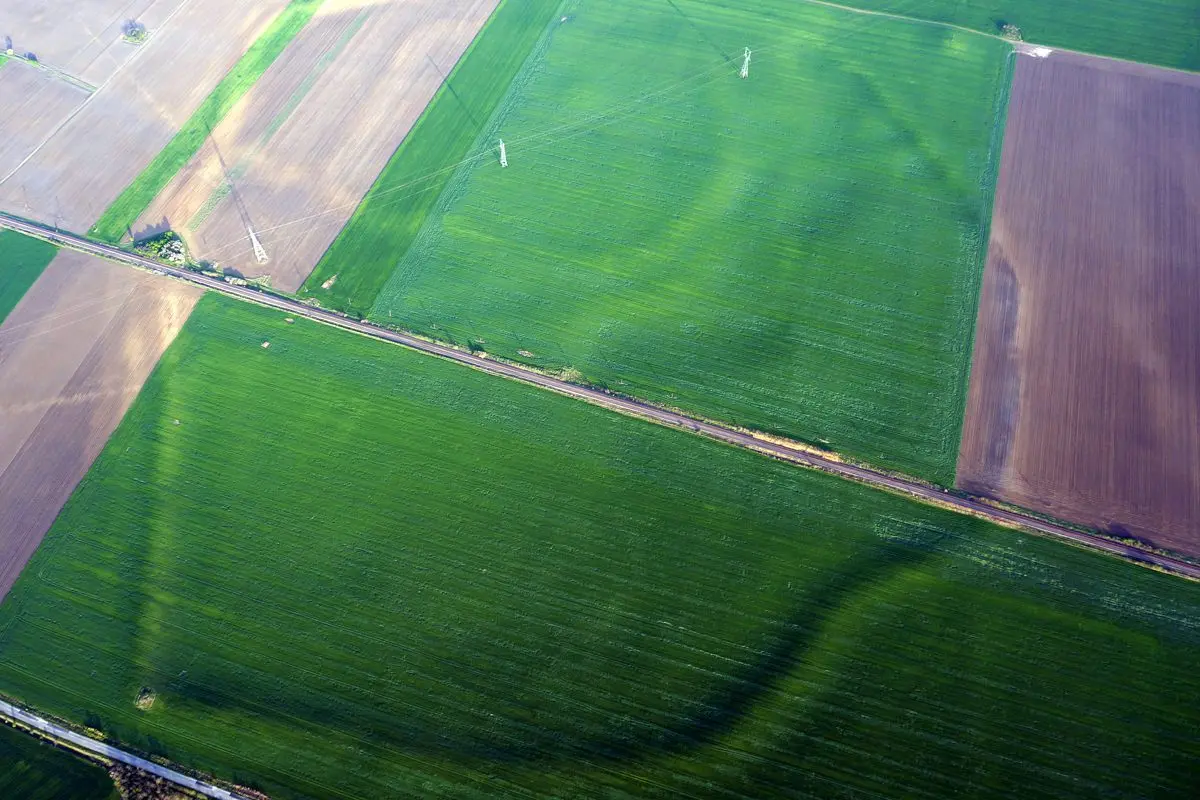Archaeologists have found a network of codependent communities in Central Europe – the largest prehistoric constructions seen prior to the Iron Age.
A study analysing satellite imagery and aerial photography was conducted by researchers from University College Dublin, working with colleagues from Serbia and Slovenia. The team found over 100 previously unknown sites belonging to a complex society in the landscape of Central Europe’s south Carpathian Basin.
Assoc Professor Molloy, said “We tested the findings from satellite images on the ground using survey, excavation, and geophysical prospection. The vast majority of sites were established between 1600 and 1450 B,C and virtually all of them came crashing down around 1200 BC, being abandoned en masse.”
The use of defensible enclosures by early societies served as a forerunner and probable influence for the renowned hillforts of Europe, which were constructed to safeguard communities during the latter stages of the Bronze Age.
Map of TSG sites:
Some of the larger sites were already known, such as Gradište Iđoš, Csanádpalota, Sântana, and Corneşti Iarcuri, however, the analysis indicates that these mega-forts were part of a network of closely related and codependent communities that may have numbered into the tens of thousands.
In a paper published in the journal PLOS ONE, over 100 sites identified in the hinterlands of the Tisza river lead to these communities, which have been collectively called the Tisza Site Group (TSG). A majority of these TSG sites are within 5km’s of each other, suggesting that the network was a cooperative community.
According to the paper, the TSG played a significant role as a centre of innovation in prehistoric Europe, serving as a central network hub during the peak periods of the Mycenaeans, Hittites, and New Kingdom Egypt around 1500-1200 BC.
This revelation offers new insights on the interconnections within Europe during the pivotal 2nd millennium BC, often regarded as a significant turning point in European prehistory. However, during the TSG decline in 1200 BC, the sophisticated military techniques and earthwork technologies of this society disseminated throughout Europe, evidenced in the spread of their material culture and iconography.
Assoc Professor Molloy, said: “Our understanding of how their society worked challenges many aspects of European prehistory. We are able to do more than identify the location of a few sites using satellite imagery, and have been able to define an entire settled landscape, complete with maps of the size and layout of sites, even down to the locations of people’s homes within them. This really gives an unprecedented view of how these Bronze Age people lived with each other and their many neighbours.”
Header Image Credit : Goethe University





